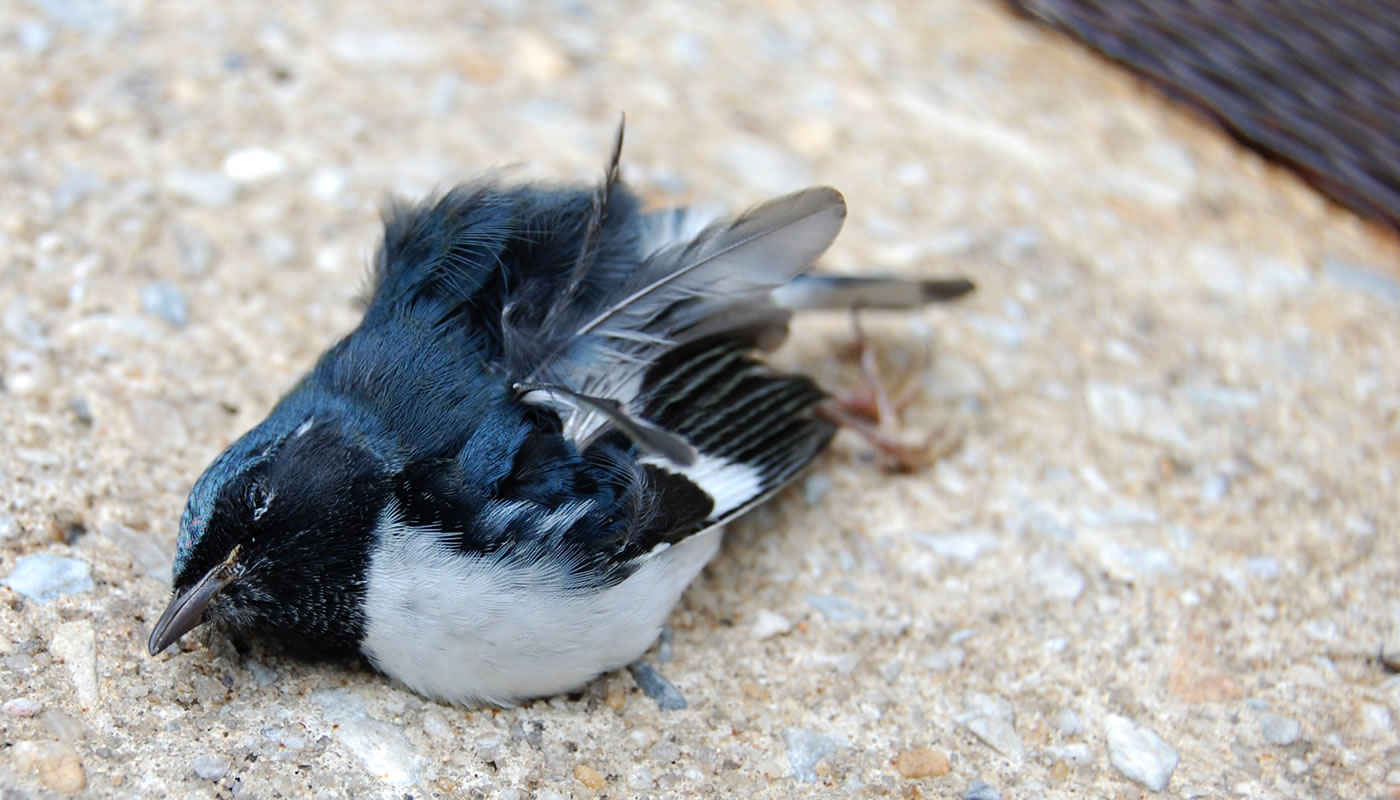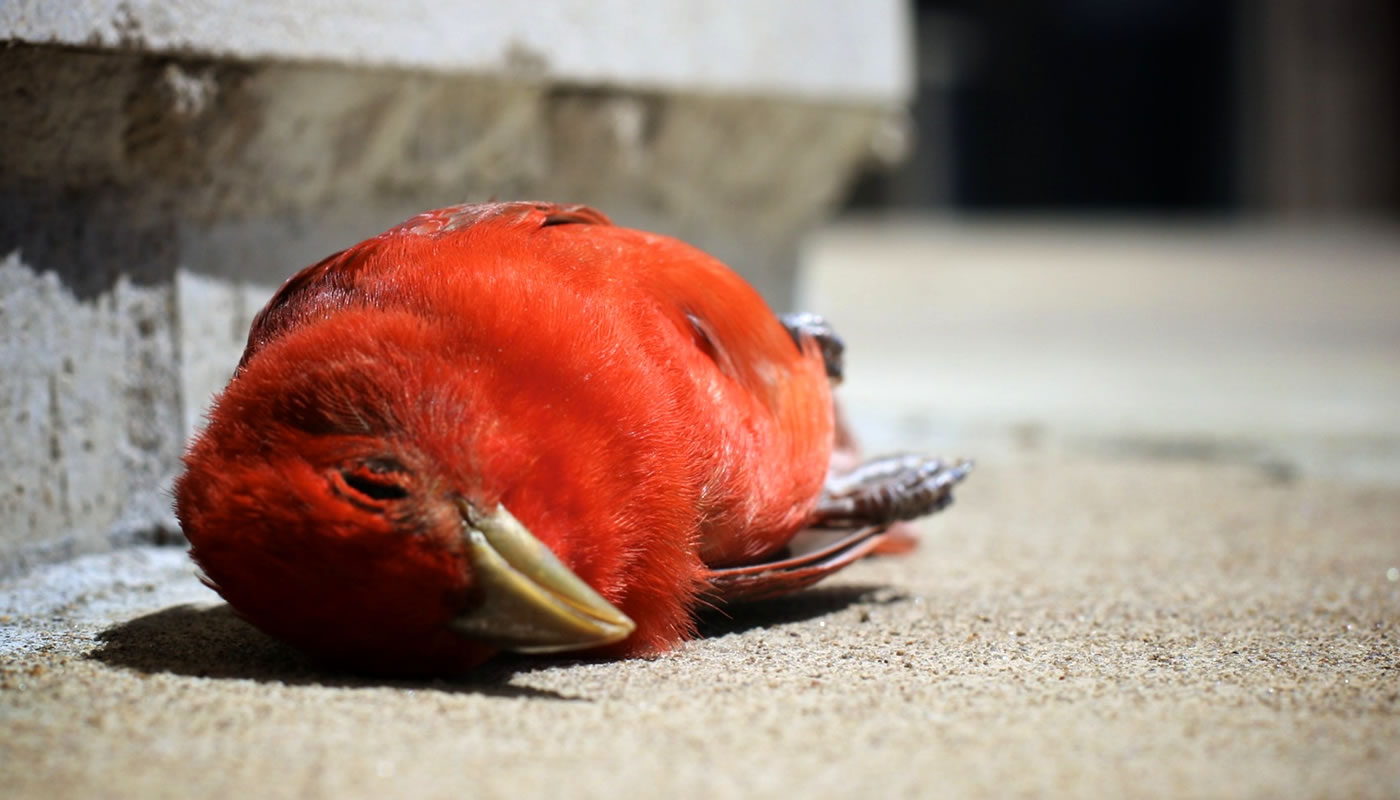Two recent studies have delivered a clear message: Our birds are in major trouble.
According to a study published in the journal Science in September, North America has lost 29% of all breeding adult birds since 1970—nearly 3 billion birds. Many of these are common birds you see on a walk in the Forest Preserves or a visit to your backyard bird feeder. We’ve lost two in five Baltimore orioles, one in four blue jays and one in three red-winged blackbirds.
What’s behind these losses? Habitat destruction, free-ranging domestic cats, building collisions and pesticides to name a few. One of the biggest threats to birds is the focus of a report published by the National Audubon Society in October, which estimated 64% of North American bird species are moderately or highly vulnerable to the impacts of climate change.
Ken Rosenberg, a conservation scientist at Cornell University and lead author of the Science study, delivered a startling analysis, “These bird losses are a strong signal that our human-altered landscapes are losing their ability to support birdlife. And that is an indicator of a coming collapse of the overall environment.”

How Can We Help Birds?
The forests, grasslands, wetlands and other habitats found in the Forest Preserves of Cook County provide birds with needed food and shelter, supporting nearly 300 species of birds living in and traveling through our area.
Working with partners and dedicated volunteers, our ecological restoration efforts help maintain and expand healthy bird habitats throughout the Forest Preserves. Whether it’s converting 585 acres of farm fields to prairie and wetland habitat for nesting grassland birds at Bartel Grassland, or engineering a way to adjust the water level at McGinnis Slough to benefit migrating shorebirds and waterfowl—ecological restoration helps save birds.
But we need your support to continue these efforts, and expand them outside the Forest Preserves to backyards, school playgrounds and workplace gardens. Here are some steps you can take to support birds in the Chicago region and beyond:
Volunteer
Join an ecological stewardship day and do hands on restoration work to improve bird habitat or sign up for a community science program to collect the critical information about plants and animals that makes these important studies possible.
Plant Native Plants
Lawns provide almost no value to wildlife, yet Americans maintain an estimated 40 million acres of turf grass. Native flowers, grasses, shrubs and trees provide habitat for birds and pollinators like bees and butterflies, which are also seeing population declines. Learn more about gardening with native plants from The Conservation Foundation and then get your yard certified as “Forest Preserves Friendly” through our joint Conservation@Home program.
Keep Cats Indoors
Cats are cute and the internet wouldn’t be the same without them, but they are ruthless hunters—yes, even your cat. Free-ranging domestic cats kill an estimated 1.3 to 4 billion birds (and even more mammals) each year.
Make Windows Safer
Birds try to fly through transparent windows and reflective windows that mirror the sky or surrounding plants are just as problematic. Check out this list of bird-safe window tips from Chicago Bird Collison Monitors. Or volunteer with them on mornings during migration periods to check downtown Chicago for birds injured or killed by collisions with buildings.
Avoid Pesticides
From rat poison to insecticides, pesticides impact more than just their targets—studies show they can move up the food chain and kill birds, pollinators and other wildlife. Avoid using pesticides in your own yard and, if you can, choose organic produce at the grocery store. Changes in shopping habits can lead to increased demand for organic produce, which means fewer fields sprayed with chemicals that hurt wildlife.

Talk About It
These are just a few of the ways you can help birds bounce back. Find a change that appeals to you—reducing plastic waste, choosing bird friendly coffee, supporting organizations that benefit wildlife or battle the impacts of climate change—and start there. Once that change is part of your routine, add something else. As an individual, it can be overwhelming to consider these huge environmental problems, but you can help make a difference for birds and other wildlife.
One of the most important things you can do is talk about the environmental problems we face and what you’re doing to help—whether that’s with a family member, neighbor or elected official. When people hear about how you’re helping, they’ll be more likely to take action.
Learn more about what the Forest Preserves is doing to restore habitat for birds and other wildlife and how we’re making both our organization and our lands more sustainable and resilient to climate change.

